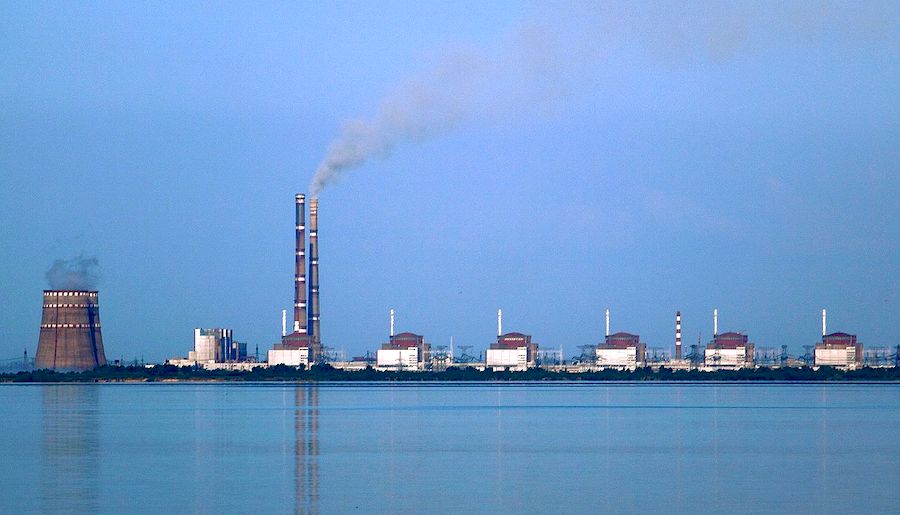Commodity funds in demand as investors seek refuge from soaring inflation

Global commodity funds are attracting huge inflows this year as investors seek to cash in on the rally in metals, gas and grains after an escalation in the conflict between major commodity producers Russia and Ukraine.
According to Refinitiv Lipper, commodity funds drew a net inflow of $7.9 billion in February, the biggest since August 2020. In January, they received $5.3 billion.
On the other hand, global bond funds experienced a net outflow of $84.2 billion last month, while inflows into equity funds dropped 67% over the previous month to $27.7 billion.
As higher inflation hits bonds and equities, investors are favouring commodity funds as the underlying assets often act as a hedge against rising price pressures.
“Investors seeking a bull market are finding one in commodities…prices have been trending higher, fuelled in part by supply chain disruptions as well as fundamental production issues which are contributing to supply/demand imbalances,” said Jake Hanley, senior portfolio strategist at Teucrium Trading LLC.
Energy funds have risen 24.7% this year, while precious metals and agriculture funds climbed 12.6% and 9.8% respectively.
Since Russia’s invasion of Ukraine last week, Dutch gas prices have more than doubled, Newcastle coal has surged by 85% and Brent crude oil has climbed by a fifth.
LME aluminium touched a record peak this week and nickel hit its highest in 11 years. Chicago wheat futures hit a 14-year high.
Russia accounts for about 6% of the world’s aluminium and about 7% of global nickel mine supplies.
Teucrium’s Hanley said agricultural commodities may continue to attract flows, given the high rate of food inflation.
Lipper data showed SPDR Gold Shares led inflows with a net $3.2 billion in the first two months of this year, while Invesco Optimum Yield Diversified Commodity Strategy No K-1 ETF and Fidelity SAI Inflation-Focused Fund attracted $1.8 billion and $1.1 billion respectively.
“Commodity funds should continue to appeal to investors seeking a hedge against inflation and exposure to a global consumption rebound.” said Rich Pontillo, an analyst at Nasdaq IR Intelligence.
“More so especially when compared to fixed income, which could decline in value in a rising rate environment, and equities that will carry greater discounted cost of capital as rates rise.”
(By Patturaja Murugaboopathy; Editing by Kirsten Donovan)
More News
{{ commodity.name }}
{{ post.title }}
{{ post.date }}

Comments